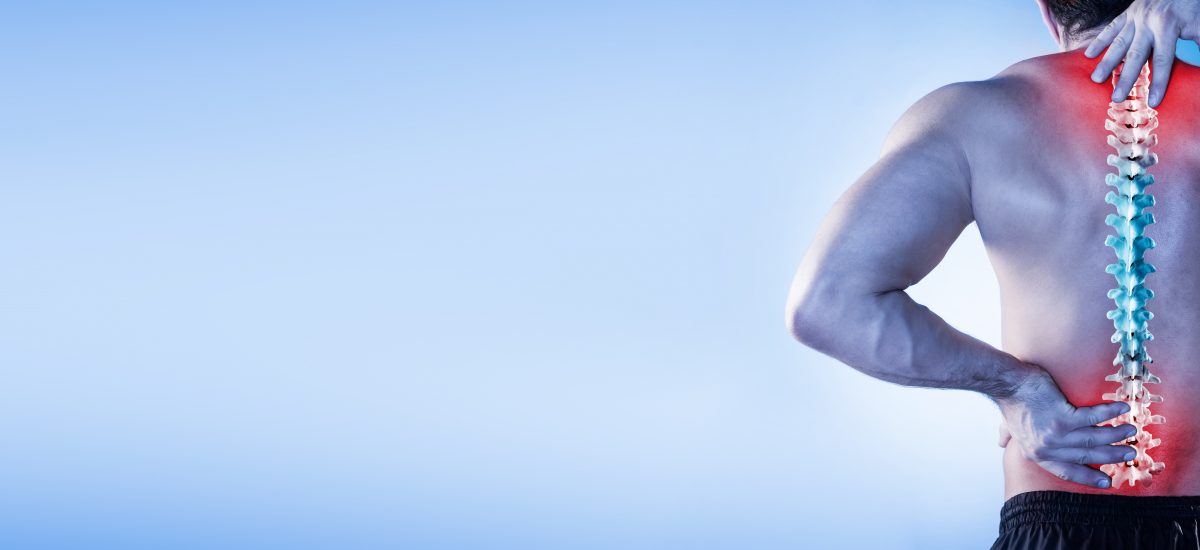Musculoskeletal [MSK] pain refers to pain in joints or soft tissues [muscles, tendons, ligaments, connective tissue]. It can be chronic [long lasting] or acute [rapid or recent onset], focused in one area of the body or more widespread. It can be the result of injury, poor posture or movement habits, repetitive motion, overuse or plain old wear and tear. You may experience pain, aching or stiffness in the joints, fatigue or sleep disturbance as well as loss of strength or ability to carry out everyday tasks or activities.
Over time a cycle of pain can develop adding to further dysfunction and increasing pain often in areas of the body remote from the original cause.
MSK therapy seeks to identify the causes of such pain through thorough assessment and treatment using a combination of manual therapy techniques which may include:
SOFT TISSUE THERAPY
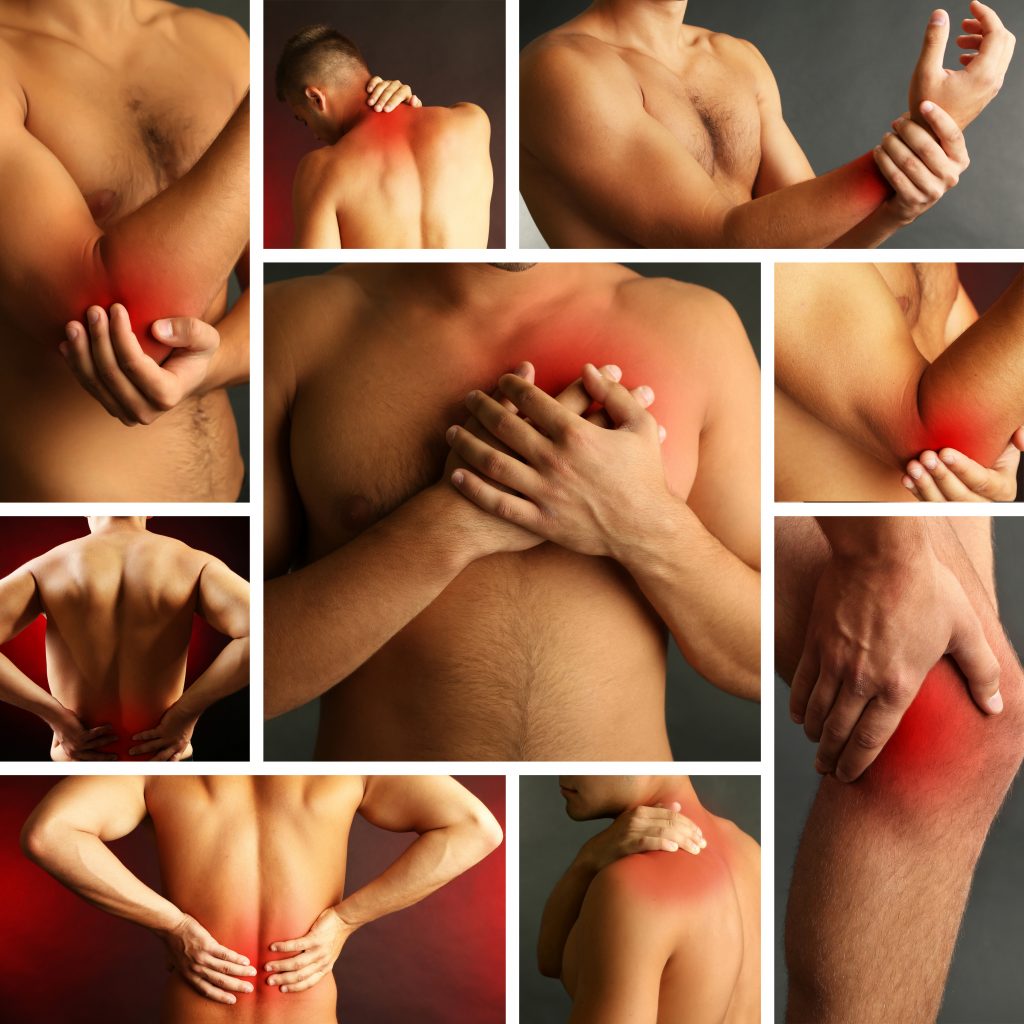
Soft Tissue Therapy encompasses a variety of advanced techniques often more associated with osteopathy. As well as traditional sport and remedial massage, joint articulation and manipulation, soft tissue release, MET [muscle energy technique], NMT [neuromuscular technique] and Positional Release may be used to help resolve specific MSK issues. Soft Tissue therapy requires a thorough assessment which includes posture and movement screening and manual muscle testing prior to treatment in order that the treatment session can be specific to the presenting problems.
When applicable electrotherapy [ultrasound and deep tissue oscillation] may be used in conjunction with hands on therapy.
SPORT AND REMEDIAL MASSAGE
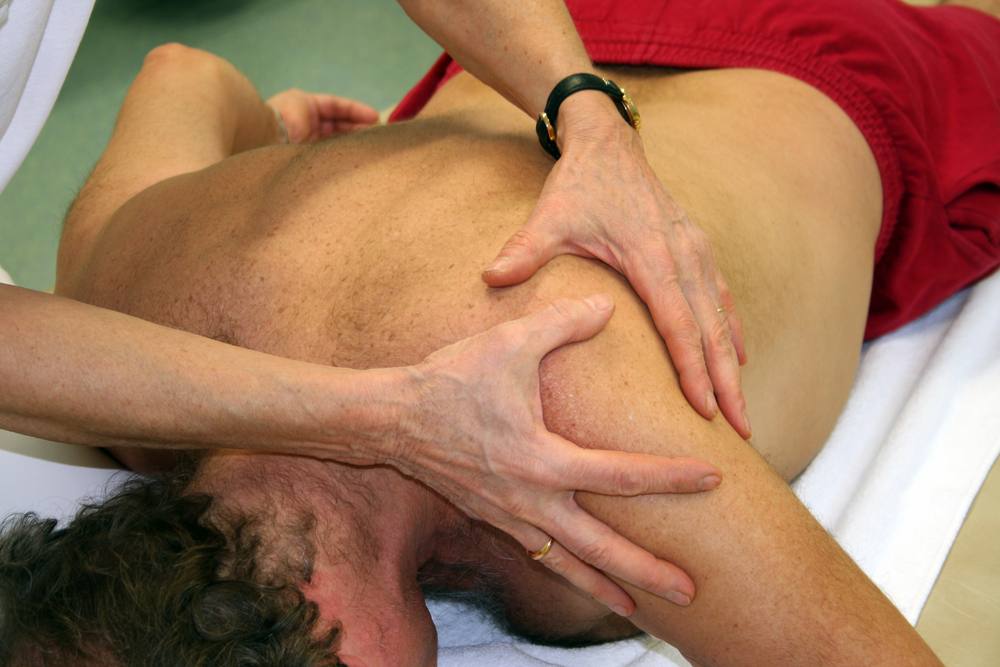
The practice of using massage as a healing method dates back many thousands of years and was used by ancient civilizations to help heal soft tissue injuries, prevent and cure illness, reduce stress and to aid relaxation. Its uses and benefits are as applicable today as they were then. Many general aches and pains are caused by lifestyle, posture and stress. Although they may recover with time this is often not the case and they can develop into more chronic conditions. Remedial massage is an effective way of dealing with these issues by assisting the body’s own repair process. For the sportsmen and women out there, massage can help speed recovery from training and competition and regular treatment can help identify areas of potential injury and in so doing, prevent injury from occurring.
SPINAL MANIPULATION
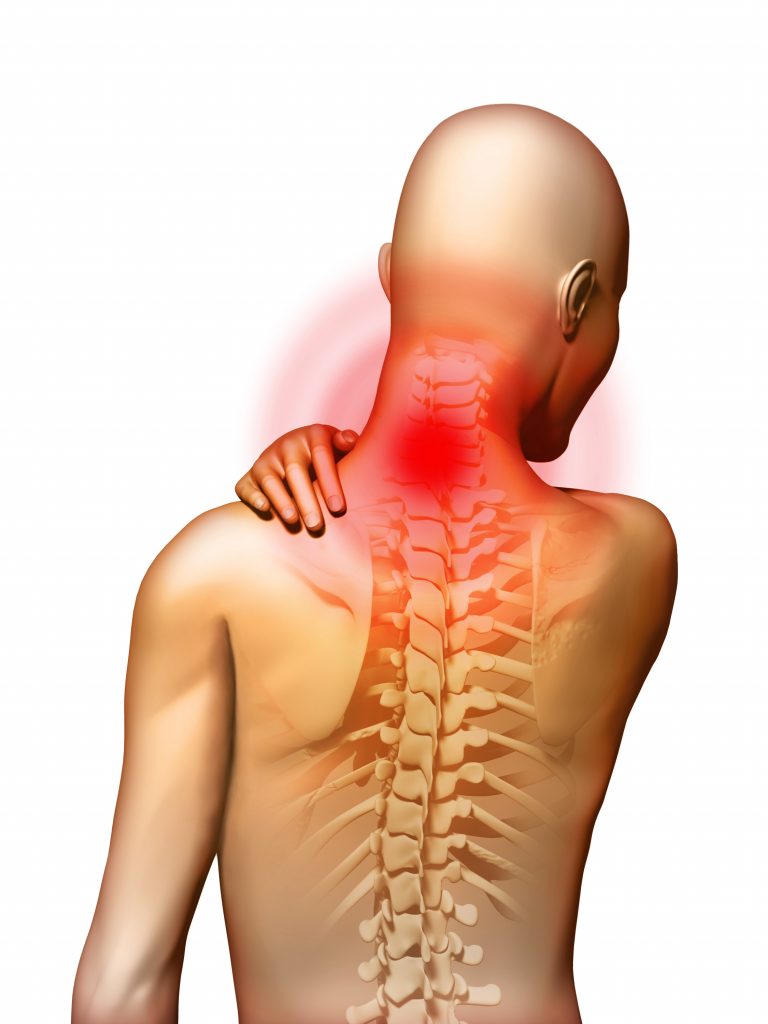
The spine, also known as the vertebral column or spinal column, is a column of 33 bones or vertebrae all interspaced with cartilage and spinal discs and held together by ligaments, muscle and fascia. It is what gives us our upright posture. When back pain occurs, it can be for many reasons but sometimes it can be where the articulation between adjacent vertebrae gets stuck. Often soft tissue work, stretching and movement will release the vacuum that prevents normal spinal movement but there will be times when manipulation is required. This will involve an HVT [High Velocity Thrust] and may result in a what people commonly refer to as ‘cracking’. The noise you hear is just a vacuum releasing and not bones cracking. I prefer to use more gentle techniques to resolve back and neck pain but sometimes manipulation may be the preferred option. These techniques would not be used without prior consent from the client.
INSTRUMENT ASSISTED SOFT TISSUE MOBILISATION [IASTM]
Following injury or surgery or because of overuse, soft tissue may develop adhesions and scar tissue that can cause pain and reduced mobility. Using ergonomically designed instruments, to detect and treat these myofascial restrictions, can result in improved movement and joint range of motion so reducing pain. As in all manual therapy treatment, supplementation with exercises and additional modalities can be used in conjunction with IASTM.
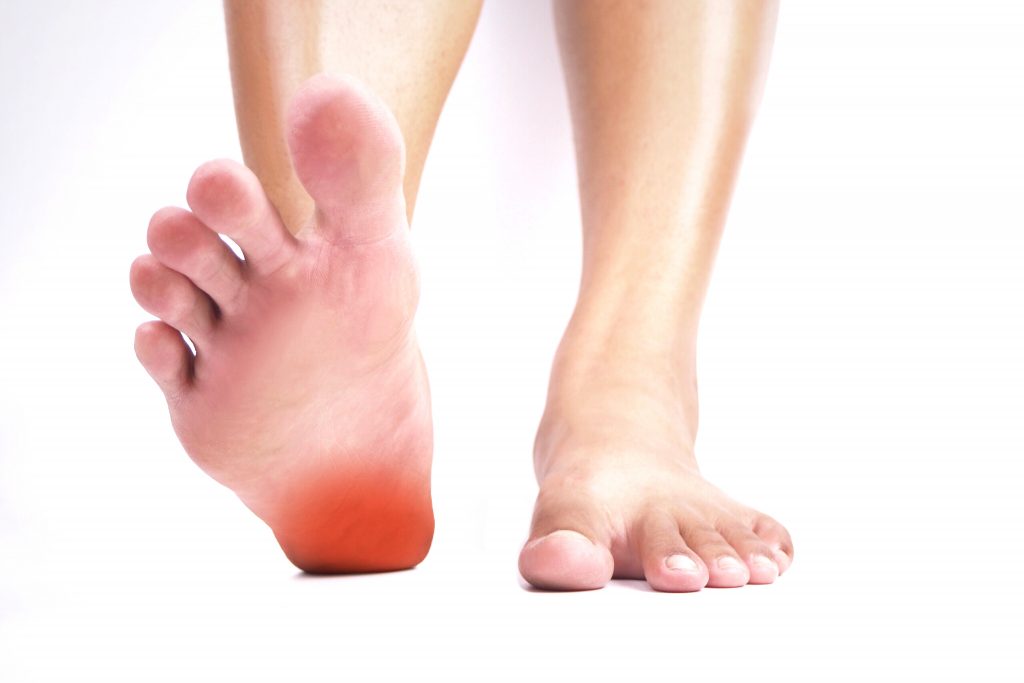
KINESIO TAPING
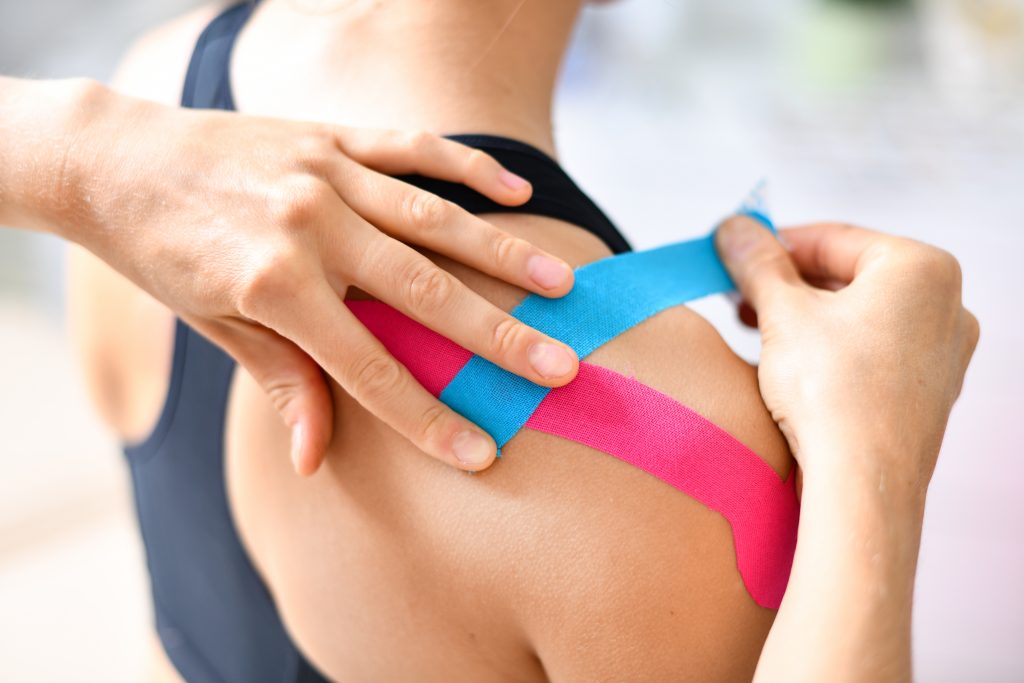
Kinesio taping is a therapeutic technique used alongside soft tissue therapy to help alleviate pain, reduce oedema and activate or deactivate muscles. Working via sense receptors and by microscopically lifting the skin it can be a useful addition in many treatment plans. To be effective a thorough assessment, including manual muscle testing, must be carried out in the first instance. Kinesio Tape has been proven to have positive physiological effects on the skin, lymphatic and circulatory systems, fascia, muscles, tendons and joints and is effective during both the rehabilitative and chronic phases of injury as well as being used for preventative measures.
DYNAMIC NEUROMUSCULAR STABILISATION
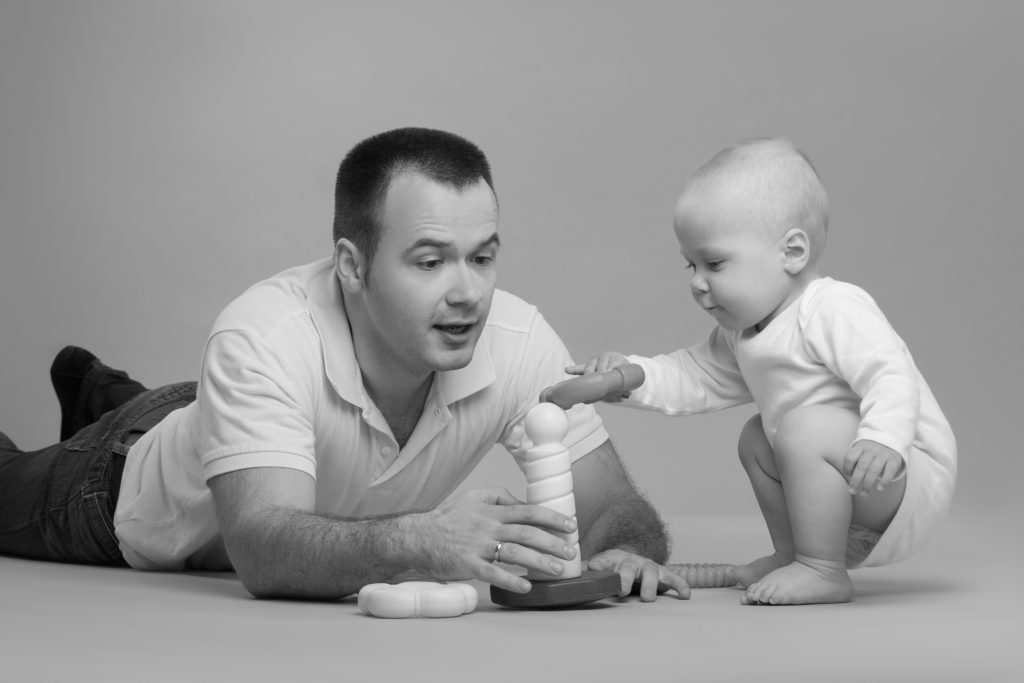
As a baby’s central nervous system begins to mature, its posture and movement patterns start to develop. This development happens in clearly defined stages. The correct movement patterns are innately “hard-wired” into the baby’s developing central nervous system, which means that healthy babies do not have to be taught how to develop in the proper fashion. For this reason, the specific movement patterns and the order that they appear in are common among the majority of developing babies. If you have ever watched a toddler squat and pick something off the floor you may have noticed how pure and stable that movement pattern is. It is movement that has perfect stabilisation at its core allowing joints to work in perfect synergy with each other and allowing for optimal movement patterns to develop. Stability starts with the diaphragm and correct breathing pattern in conjunction with pelvic floor function and intra-abdominal pressure. Watch a baby when it breathes, and you will see a natural rise and fall of the abdomen. As the baby breathes in the belly expands. Somewhere along the line as we grow and mature, we turn this breathing pattern round and years of ‘sucking it in’ and ‘standing tall’ mean that a significant proportion of us have learnt to breathe ‘backwards’ using the wrong muscles to facilitate respiration. Over time incorrect breathing patterns along with modern living and lifestyle choices result in postural imbalances, dysfunction and pain. DNS is a technique based upon neurodevelopmental and rehabilitation principles and is designed to restore the movement patterns established during the first few years of life so restoring function, improving movement and stability and reducing pain. It essentially ‘reboots’ the system by ‘waking up’ and restoring neurological pathways through reactivation exercises.
HOW IS IT TAUGHT?
DNS is initially taught on the mat following an assessment to establish which movement patterns need addressing. This will always start with a breathing pattern assessment and correction of any breathing pattern disorder. During the session you will be guided through the DNS movements that are appropriate to your condition or symptoms. Resistance may be added to further challenge and restore movement patterns and the exercises will be progressed to make them functional to your daily activities or sport.
